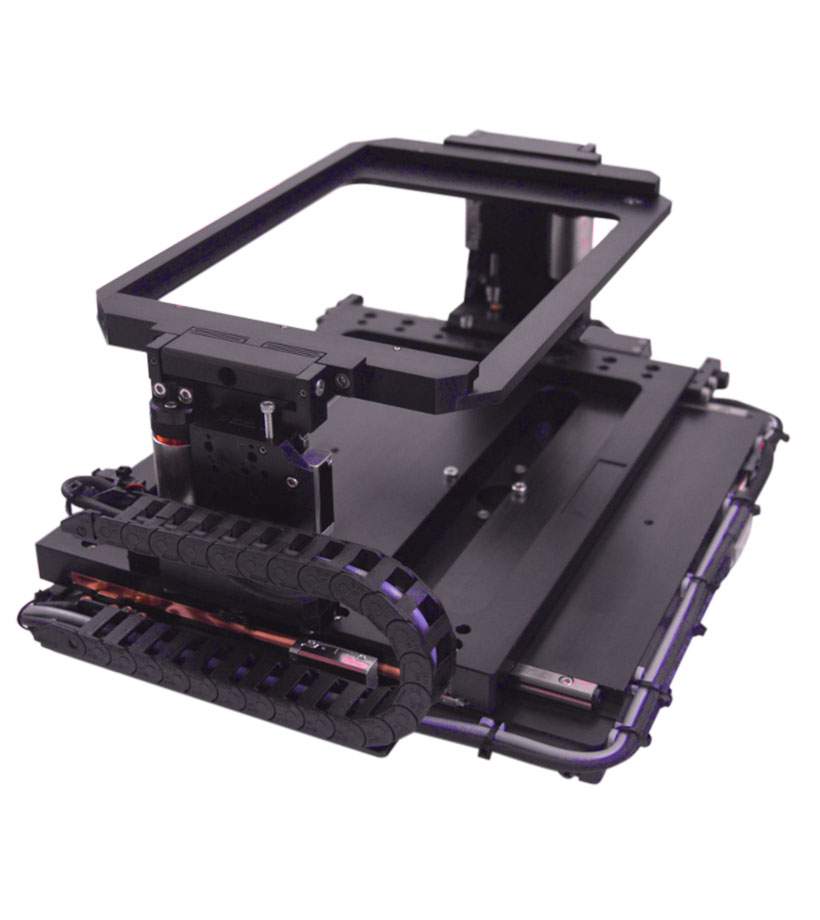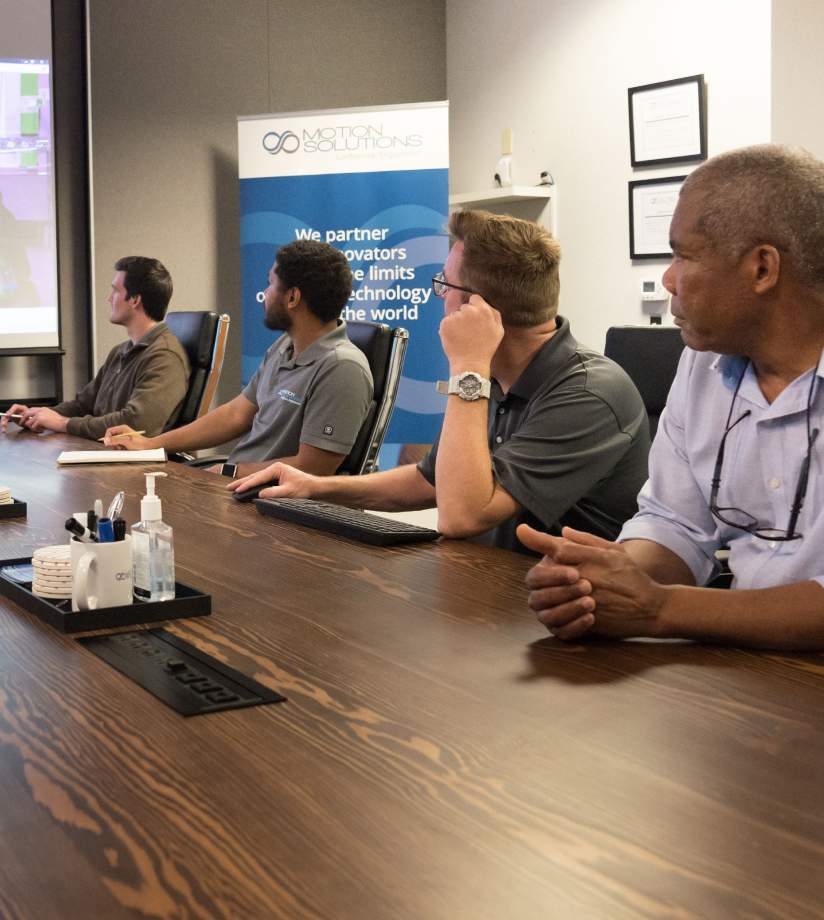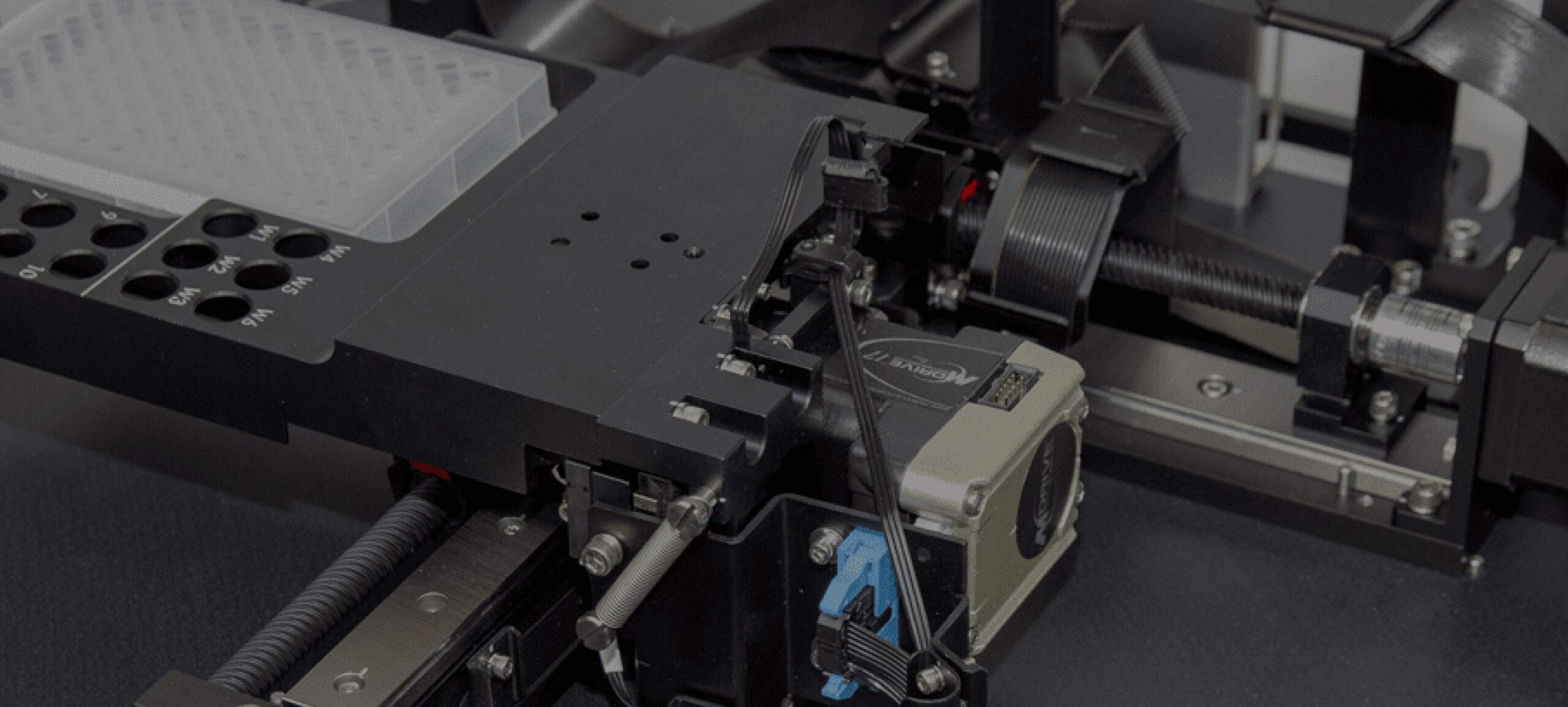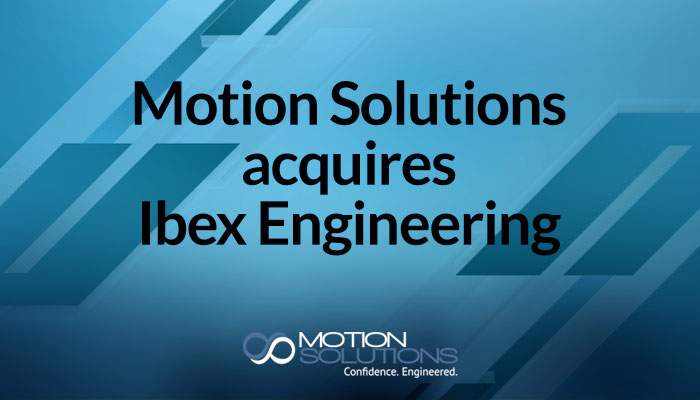

Life Sciences
Whether advancing a probe across the samples of a DNA well plate or counting the number of cancer cells that survive exposure to a candidate oncology drug, life sciences makes broad use of motion technology.
Companies in this sector bring value more through incremental performance improvements for a reasonable price than through innovation. Motion Solutions has decades of experience developing systems that meet the needs of these types of applications. Take advantage of our laboratory automation system knowledge to get better products to market faster.

Industry Challenge
Laboratory automation system suppliers face a number of conflicting challenges. The instrumentation is complex but at the same time, the design and function make it difficult to build a device that significantly differentiates itself from competing products. Laboratory automation systems need to meet stringent accuracy specifications but at a price point generally below that of a typical off-the-shelf system. Footprint is also an issue. Laboratories have limited space and instruments are frequently built in tabletop form factors. In addition, applications impose surprisingly high duty cycles. Although the loads are light and the speeds moderate, high repetition in commercial labs, for example, can push components to early failure.

The Motion Solutions Advantage
Our team has extensive experience developing and engineering laboratory automation systems for life science equipment. We have an array of proven solutions we can tailor to address customer needs. Our role as a distributor also brings big benefits. We tap a combination of deep domain expertise and detailed knowledge of our product portfolio to help customers choose the ideal parts for each system. Long-standing relationships with the factory engineers at our suppliers enable us to source customized components at off-the-shelf prices. We can purchase components at higher volumes, passing the savings along to the customer. Because we have our own in-house manufacturing capabilities, we can add special features such as cable mounts, dust covers, etc.

The Motion Solutions Advantage
Most laboratory automation systems involve moving samples within an instrument, moving reagents to samples, or moving components within an instrument. The focus is typically on speed, accuracy, and repeatability. Cost control is a perennial concern, for example in blood analyzers. Cost-down life science equipment engineering techniques include revisiting component tolerances, designing machine parts to make them less expensive to manufacture, customizing parts to simplify alignment and testing, and applying our experience and knowledge of our inventory to choose the most cost-efficient components.
DNA analysis is another life sciences application that requires rapid, frequent position changes. The high duty cycles and accelerations involved accelerate wear, which can lead to premature failure. No laboratory or equipment vendor wants to deal with unscheduled downtime or repairs. To maximize operations in these systems, we use Teflon-coated lead screws combined with self-lubricating nuts. In tests, our laboratory automation systems have operated successfully for millions of cycles.
Cell cytometry also leads to frequent requests for cost-down engineering. With cost-down engineering, every project is different. Sometimes, the best way to accomplish the goal is not costing down the existing design but starting from scratch to create a clean-sheet design that meets performance specifications at a lower price. The operation of the device will be the same as the original but the details of the motion assembly such as the exact components chosen for the specifics of the motion may vary. The functions of the device—speed, travel, form factor, etc.—will be unchanged. With our policy of 100% testing, we confirm that every device we ship meets all performance specifications as defined by the customer.


